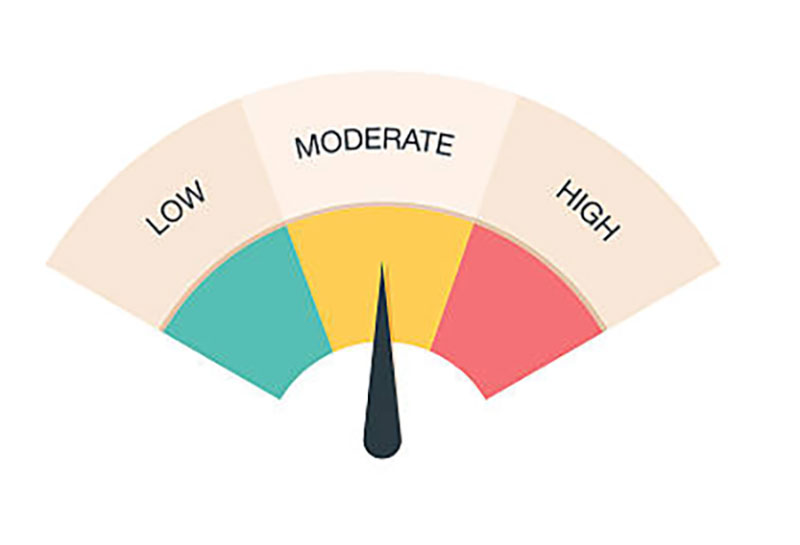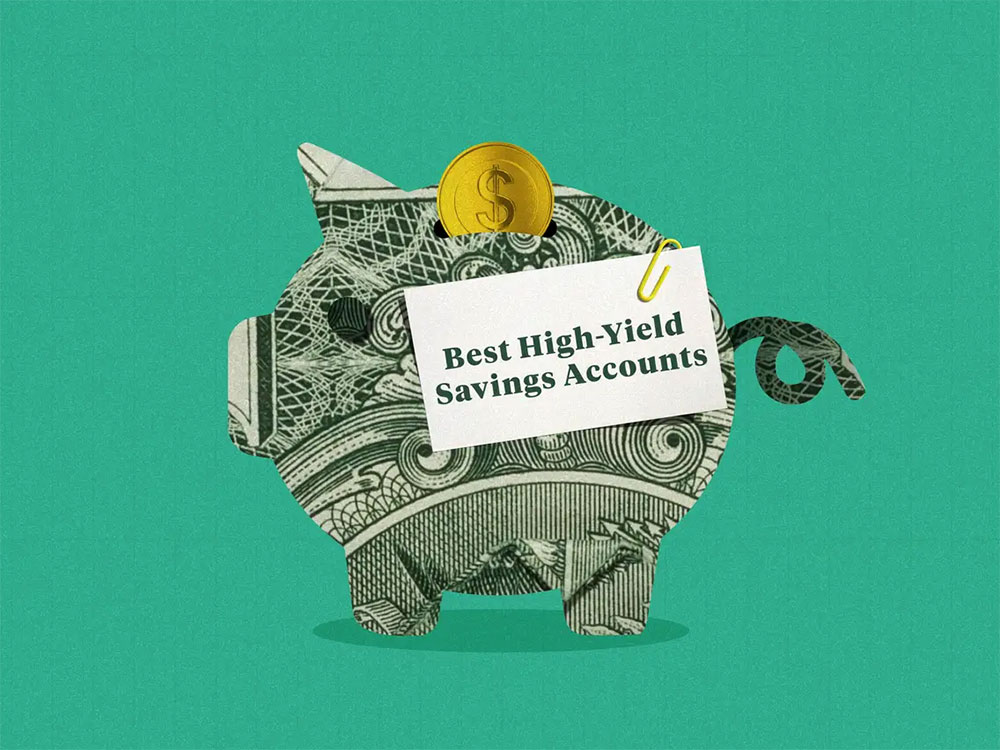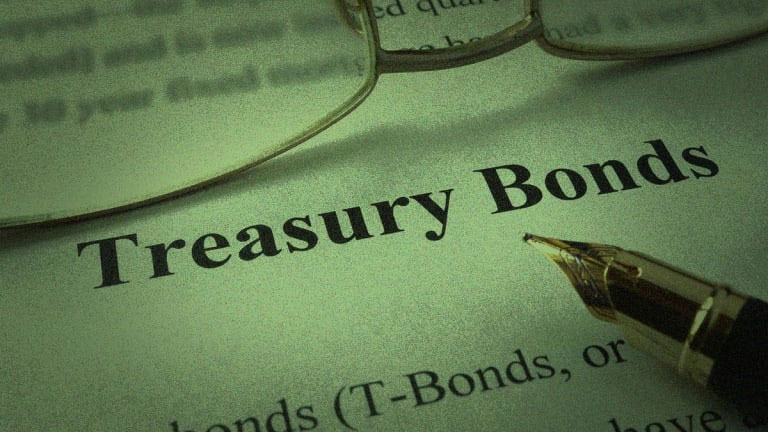In today’s volatile market of high inflation and rising interest rates, it’s important for Boomers to build a solid portfolio as they approach retirement. But with bonds at low yields in 2022, what’s the best strategy?
It depends on your risk and growth preferences. In today’s market, low risk equals low return, offering steady interest income and no losses. However, it’s possible to take on a slight risk to earn decent long-term returns.
What to Consider

There are a few important factors to consider when picking your investments. During the first 10 years of retirement, the growth you generate affects what you’ll need later on. For example, bonds might not provide enough growth if they’re on a low-yield trend.
Keep inflation in mind, too. When costs of assets spike, it can negatively affect your portfolio even if your capital remains protected. Your portfolio should develop above the speed of inflation to maintain buying power and prevent losses.
Low vs. Moderate

Low-risk investments mean that you probably won’t lose any of your principal investment. They might not provide adequate returns or keep up with the rate of inflation, though, which takes money away from your purchasing power.
Higher-risk but diversified investments might incur some losses over time but may pay off in the long term. Low-risk investments can work for short-term investments, but higher-risk investments can make your money work harder if you hold out for long-term returns.
High-Yield Savings Accounts

Although not technically investments, high-yield savings accounts are one of the safest places for your money. These savings accounts aren’t affected by market fluctuations, so you’ll never lose any money even if the market fails.
Keep in mind that even if cash doesn’t lose dollar value, inflation can hurt your purchasing power. You can earn modest returns even with generally low interest rates, but they might not be enough to stay above inflation.
Certificates of Deposit

Certificates of deposit (CDs) don’t provide the same liquidity as a savings account, but they offer better returns and no losses with FDIC insurance. Rates are expected to rise, making short-term CDs and reinvestment an attractive strategy.
CDs lock your money up, so this strategy makes the most sense if you’re prepared to commit your money for the entire term. Although there are some no-penalty CDs, most charge penalties if you withdraw your funds early.
U.S. Treasury Bonds

U.S. Treasury bonds are issued by the government and considered among the most secure types of investments. They’ve taken a hit recently with low yields, but they generally protect your capital and maintain decent liquidity.
Alternatively to 10- to 30-term bonds, you can invest in treasury bills that mature in just 1 year but might provide better yields. TIPS or inflation-protected bonds also protect your money against inflation, maintaining or growing your buying power over time.


